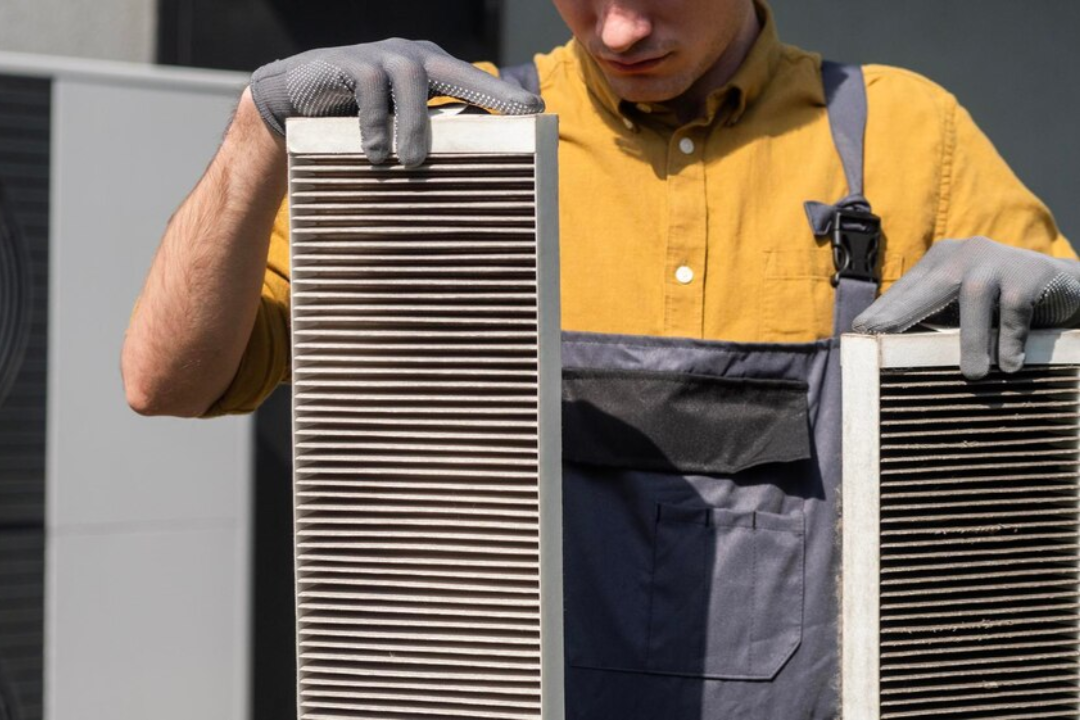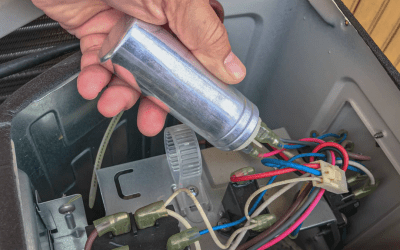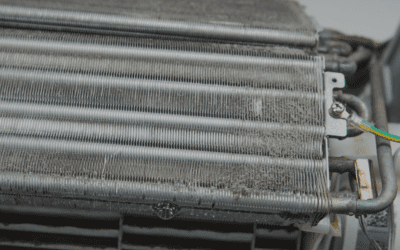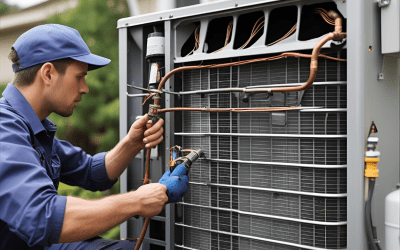Maintaining indoor air quality (IAQ) is a critical concern, especially in enclosed spaces where pollutants can accumulate due to poor ventilation. To combat this, the air conditioning industry has significantly evolved its traditional air filtration system to systems equipped with advanced air purification technologies such as filters with UV-C light, photocatalytic, nanofiber, and so much more. These innovations are designed not just to trap dust and debris but also to capture harmful pollutants such as volatile organic compounds (VOCs), particulate matter (PM), mold, and more.
In this blog, you will learn about the key milestones in the evolution of air conditioner filters and how they have transformed from mere equipment protectors to essential and critical components contributing towards maintaining a healthy living environment.
Advancements in Air conditioning Filters
Early Air Filtration: Basic Dust Traps
In the early days of air conditioners, air filters were rudimentary, designed primarily to protect the system from dust and debris. These filters were effective only at capturing large particles like dust and lint. While they offered some protection to the AC unit itself, but not any to improve indoor air quality. The focus was only on the functionality of the air conditioner rather than health. Here are the types of early air filters:
- Mesh Filters
Mesh filters were among the earliest types used in air conditioning systems. Constructed from fine metal or plastic mesh, they captured larger particles such as dust and hair. While effective in preventing debris from entering the system, mesh filters were not designed to trap smaller particles or allergens, offering limited benefits for indoor air quality.
- Fiberglass Filters
Fiberglass filters were just an upgraded version of mesh filters. They were made from layers of fiberglass strands and could capture larger dust particles and some finer debris. Though they provided better protection for the AC unit than mesh filters, they were still limited in removing smaller particles and pollutants from the air.
Introduction of HEPA Filters
The introduction of High-Efficiency Particle Air (HEPA) filters brought a significant shift in the functionality of air filtration systems. They were initially developed during World War II to prevent the spread of radioactive contaminants. HEPA is a pleated mechanical air filter that is designed to capture pollen, mold spores, bacteria, and even tobacco smoke. HEPA filters come in various types, each designed for specific applications:
- True HEPA Filters: These filters meet the strict HEPA standard, capturing 99.97% of particles 0.3 microns or larger, and are used in critical environments like hospitals and clean rooms.
- HEPA-Type Filters: While similar in design, these are less efficient. They capture around 99% of particles 2 microns or larger and are commonly found in household air purifiers.
- ULPA Filters: Ultra-low-penetration air (ULPA) filters are even more efficient than True HEPA filters, capturing 99.999% of particles down to 0.12 microns. They are used in specialized environments like semiconductor manufacturing.
Electrostatic Filters
These filters use an electrostatic charge to attract and trap particles. As air passes through the filter, a static charge is generated, drawing in dust, pollen, and other particles and trapping them within the filter. This method is highly effective at capturing smaller particles that might otherwise pass through conventional filters.
Activated Carbon Filters
While HEPA filters do their best to trap particulate matter, they can’t stand a chance against gases and odors. Therefore, the industry introduced activated carbon filters to address this gap. These filters use activated charcoal to absorb volatile organic compounds (VOCs), odors, and harmful chemicals from the air. This advancement made air conditioners capable of not only cooling the air but also purifying it from a broader range of pollutants.
UV-C Light and Photocatalytic Filters
The UV-C light and photocatalytic filters have emerged as new means of air filtration in HVAC units. UV-C light filters were first used in hospitals to sterilize surfaces and air. Their application in air conditioners helps to neutralize bacteria, viruses, and mold spores. Photocatalytic Oxidation (PCO) filters are at the forefront of future air filtration trends. These filters use UV light and a catalytic substance to break down organic pollutants and gases at a molecular level. They work by neutralizing odors, VOCs, and some bacteria and viruses.
Smart Filtration Systems
As smart home technology continues to evolve, so does air filtration in air conditioners. Smart air filtration systems now come equipped with smart filters that can monitor air quality in real time, automatically adjusting the filtration process to respond to changing conditions. These systems can alert users when filters need to be replaced and can even integrate with other smart home devices to optimize air quality throughout the home.
Nanofiber Filtration:
The development of nanofiber filters has brought a great evolution in air filtration. It features incredibly fine fibers, often less than 100 nanometers in diameter. They create a dense yet breathable mesh that is highly effective at trapping ultra-fine particles, including viruses, bacteria, and even some chemicals, that traditional filters might miss.
Final Words
In the evolution of air conditioners, air filtration is not just a technical advancement—it’s a step towards better health and comfort in your home. By incorporating these advanced filtration technologies, you can significantly improve indoor air quality and create a healthier living environment for you and your loved ones.
For those seeking expert advice, installation, or reliable AC repair in New Braunfels, contact Classic Air Conditioning and Heating! Our skilled team is available to deliver top-notch HVAC services, from system upgrades to repairs. Trust us to keep your home’s air quality and comfort at its best.






